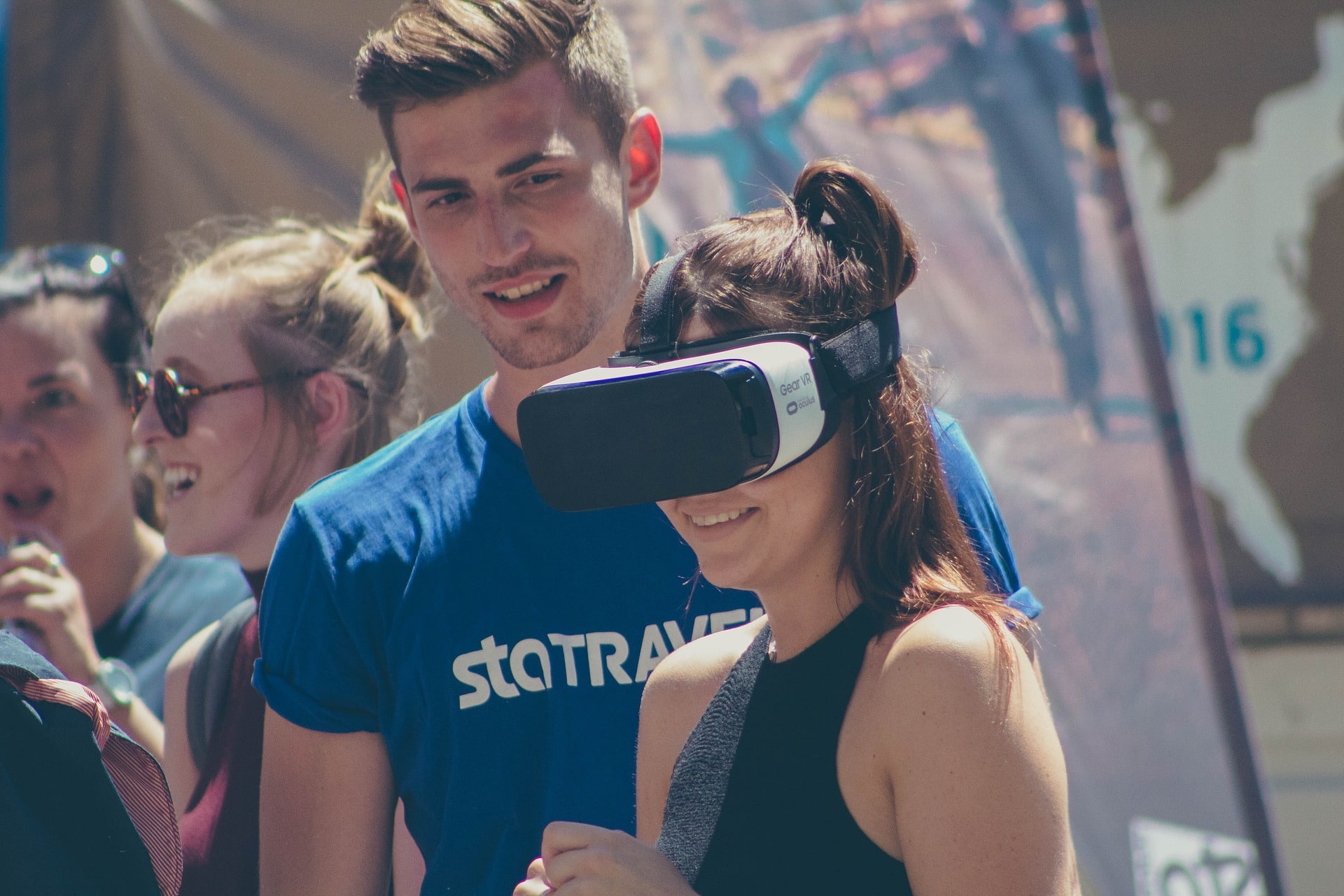By: Suraj Sehgal – Huffington Post
Ten years ago if someone would have said that over half of all adults in the United States would be using Facebook in order to learn about the news, no one would have believed them. Today, however, 62% of adults in the US report getting their news from social media, according to the Pew Research Center. Similarly, as technology continues to advance beyond social networking sites, it’s poised to reshape the digital publishing industry and the way we consume our news in the coming decade.
1. Live Streaming
With the rise of live streaming across all social media platforms, including YouTube, Facebook, and Twitter, it’s no longer just a way for small channels to develop niche followings. Rather, it’s becoming a new trend for engaging viewers and an avenue for news outlets to reach out to hundreds of thousands of people at a time.
With Facebook CEO Mark Zuckerberg’s huge investment into Facebook Live and rolling out of a dedicated space for live videos on the latest app, the market for live video will only get bigger as its over 1.5 billion users join the market of real-time feeds.
2. Virtual Reality
When the television first came out, audiences were stunned by the ability to witness scenes of war and combat for the first time on their screens. In more recent years, Twitter captivated the world by becoming a platform for citizens and activists in conflict zones to report incidents on the ground in real-time. In the future, virtual reality will take this one step further by combining both the concept of live streaming and immersive experiences into one.
With growing innovation in the field of virtual reality and the lowering prices of VR googles, including Google Cardboard, the possibilities of audience engagement are endless. Already, people were able to experience the Olympics from the comforts of their home using Samsung’s VR goggles. Witnessing the news in similar ways is not too far off.
3. Data and Machine Learning
While not necessarily a “new” technology, data is only becoming bigger and more complex. We live in an era of information, in which more and more of what we own is collecting data on everything about us, from our recent messages to our exact location to how long we’ve been sitting in our chairs.
Ultimately, with the rise of so much data on our every interaction comes the ability to personalize content. As Piera Gelardi, the Creative Director of Refinery 29 states, “[w]e’re already seeing increased personalization, more individual-to-individual communication, [and] more humanlike algorithms.” As our ability to uncover insights from data increases over the next few years, the industry will be better able to capture trends and personalize content based on the user, creating a cohesive and powerful experience for the reader.
Conclusion
As technology continues to rapidly advance and change, it brings with it the promise of completely reshaping the way in which we consume content. With massive competition in the field of live streaming as well as the buy-in from Facebook, live streaming promises to become one of the major avenues for content distribution in the future. As more users seek out live and immersive experiences and as the technology continues to become cheaper, virtual reality goggles will allow consumers to understand the news in a completely different light. All of this comes with more and more data on users, which, if utilized correctly, can allow for better personalization.
Source: Huffington Post

